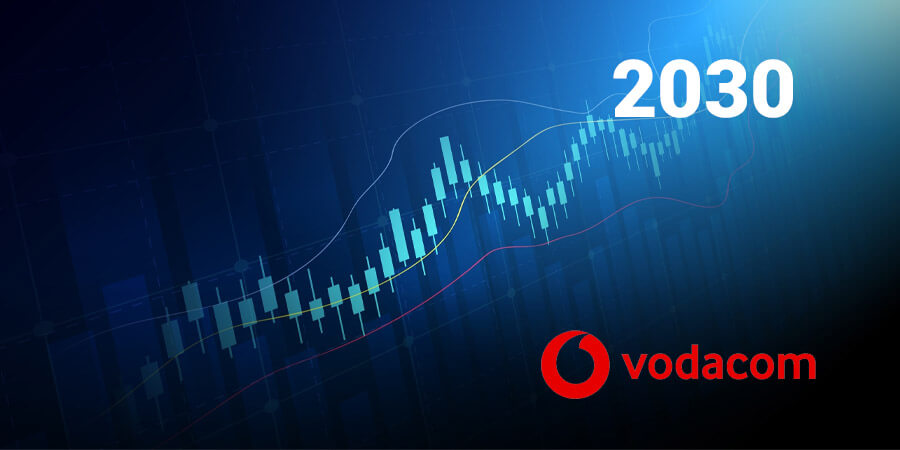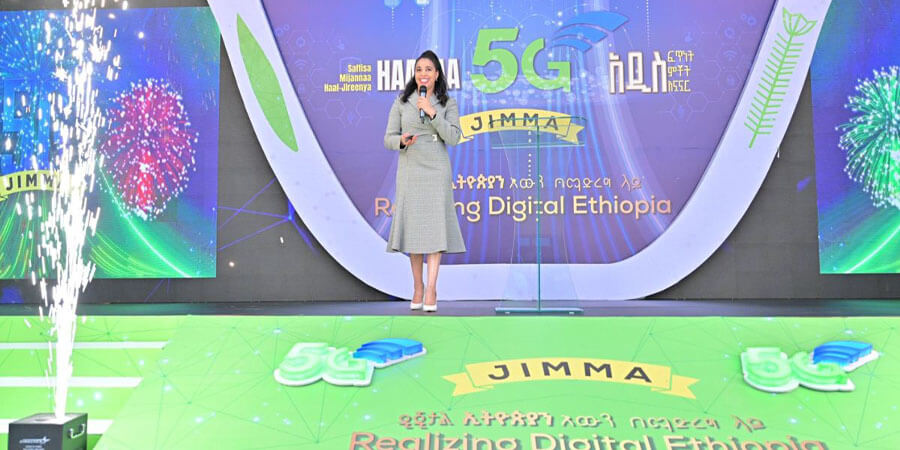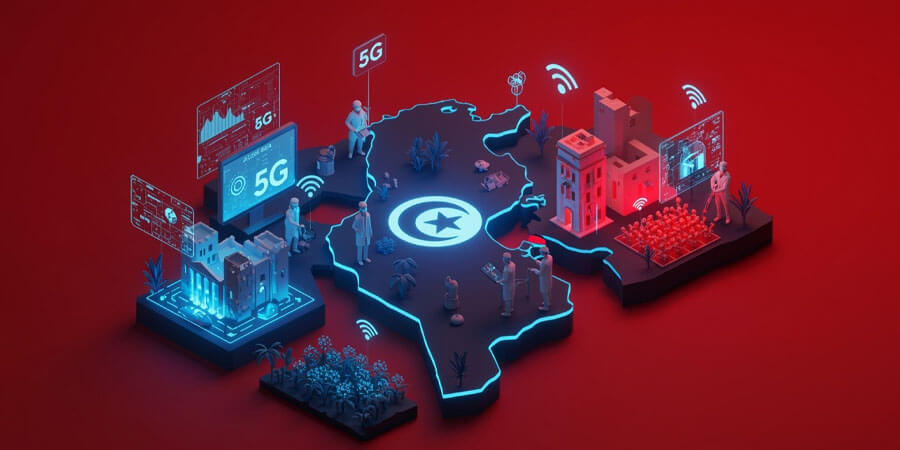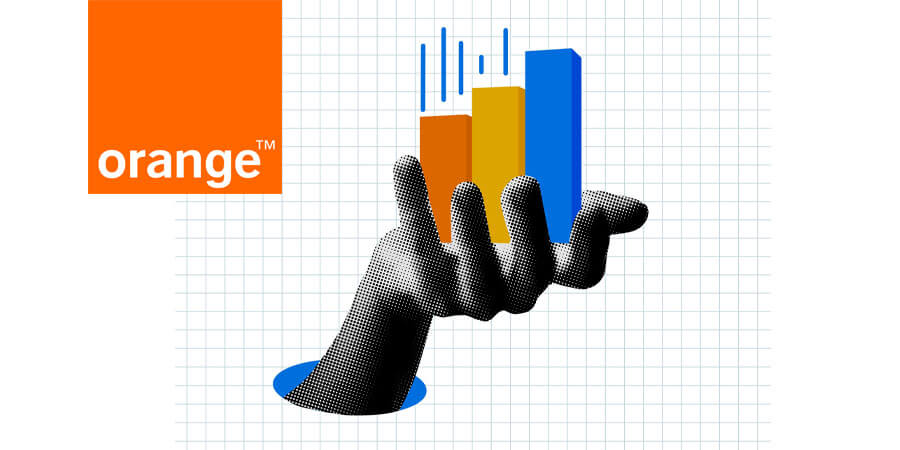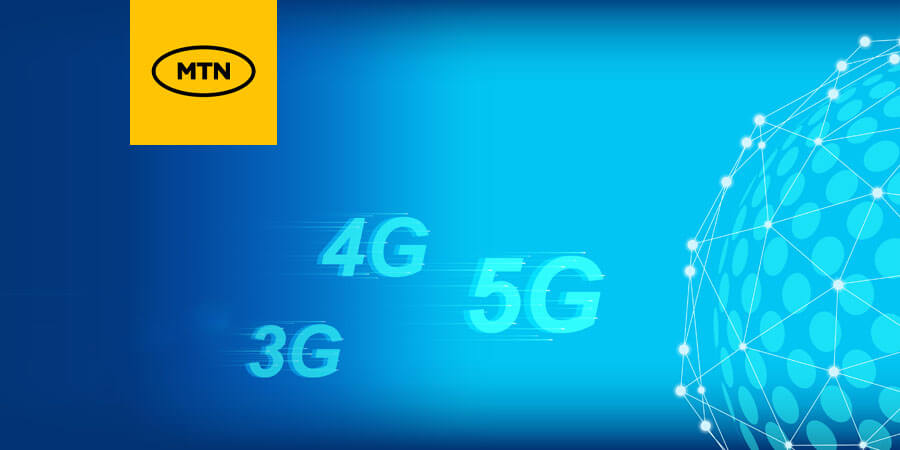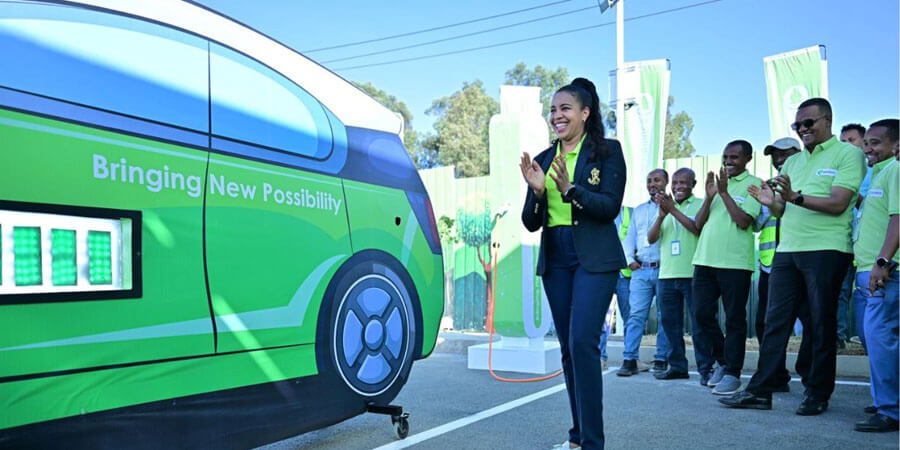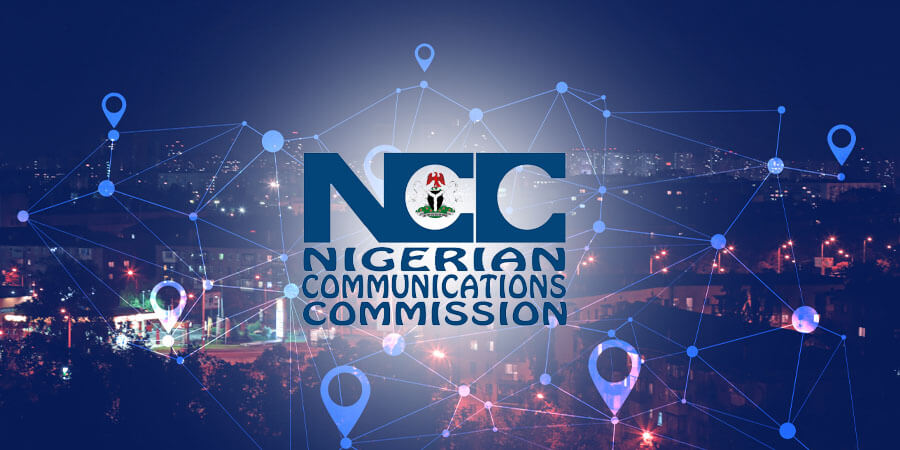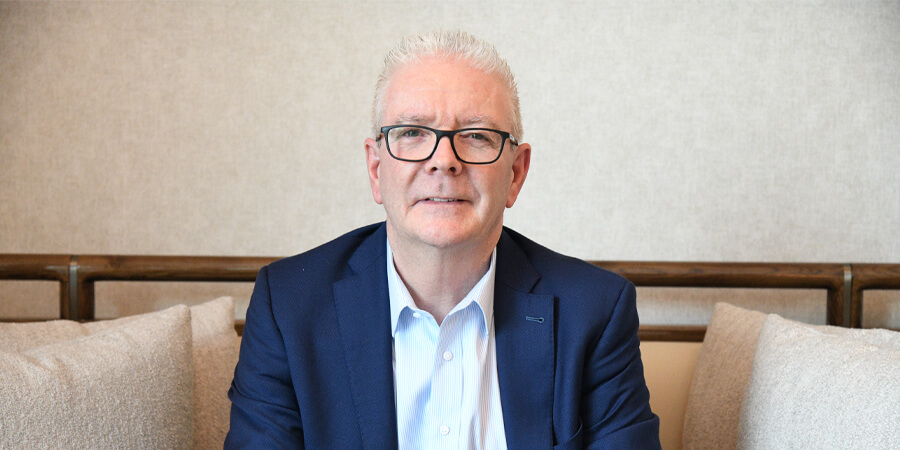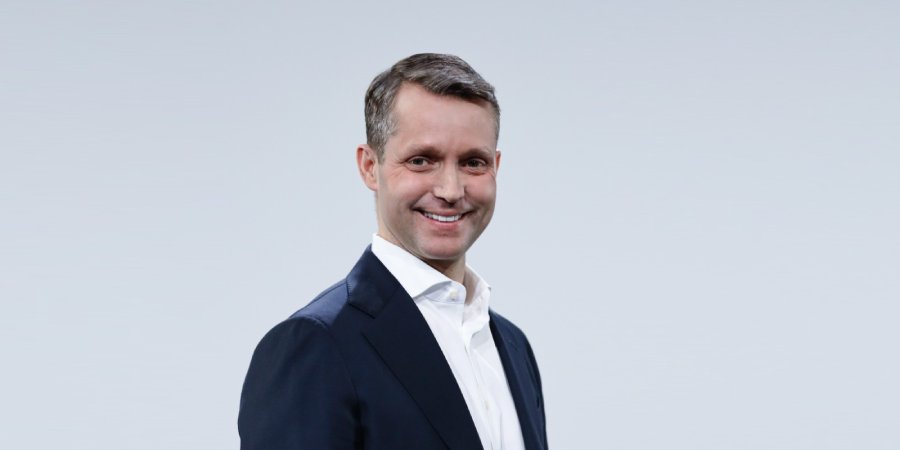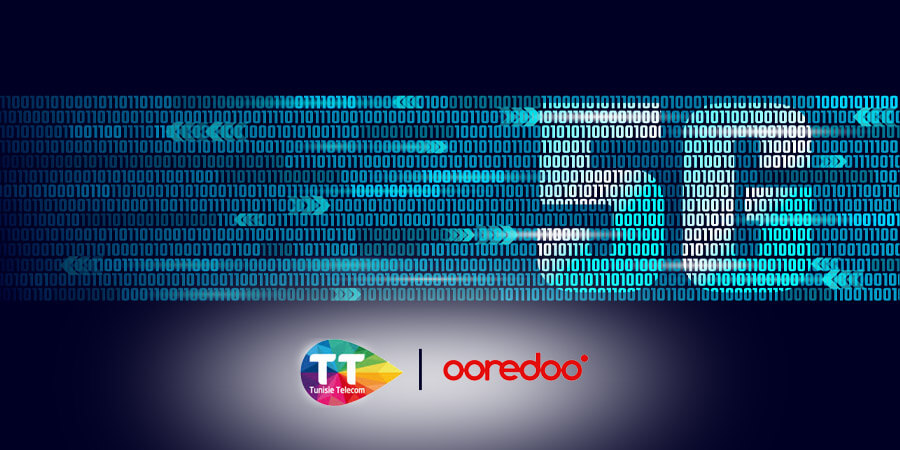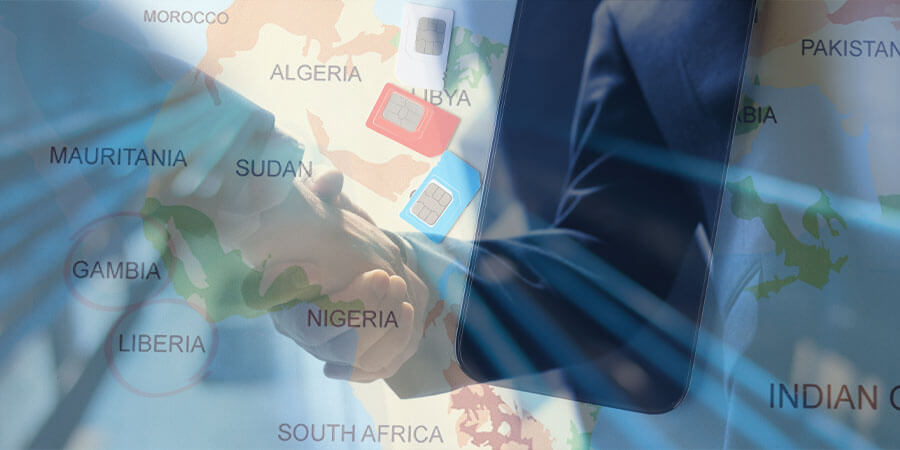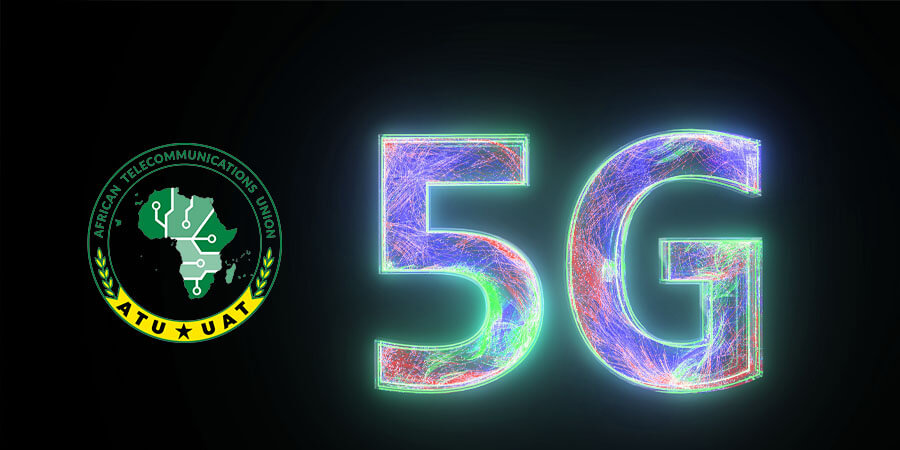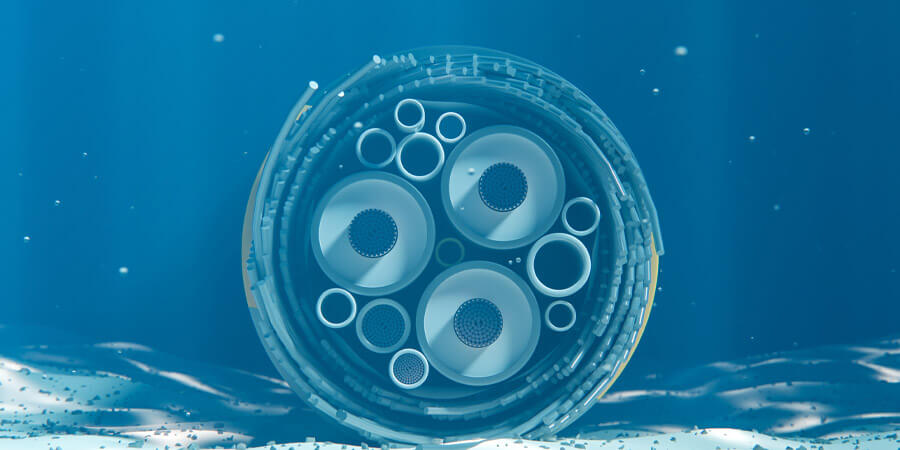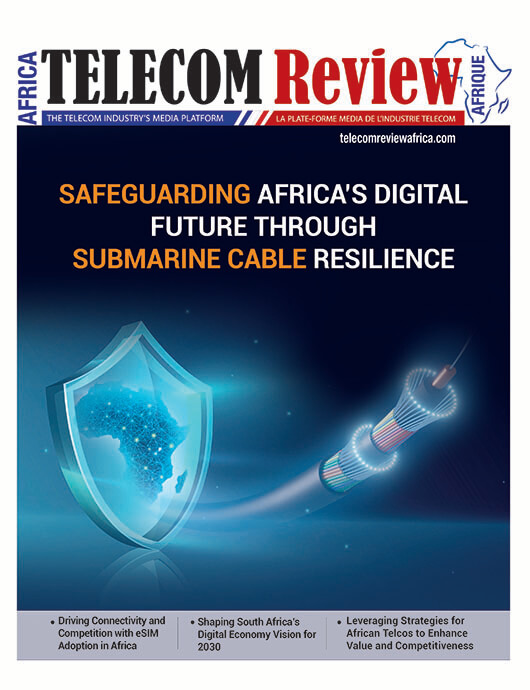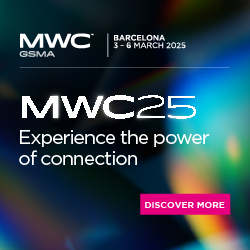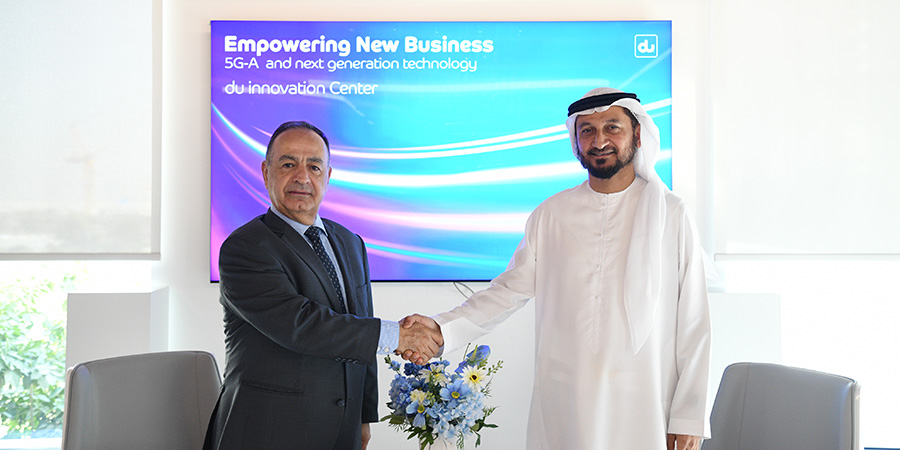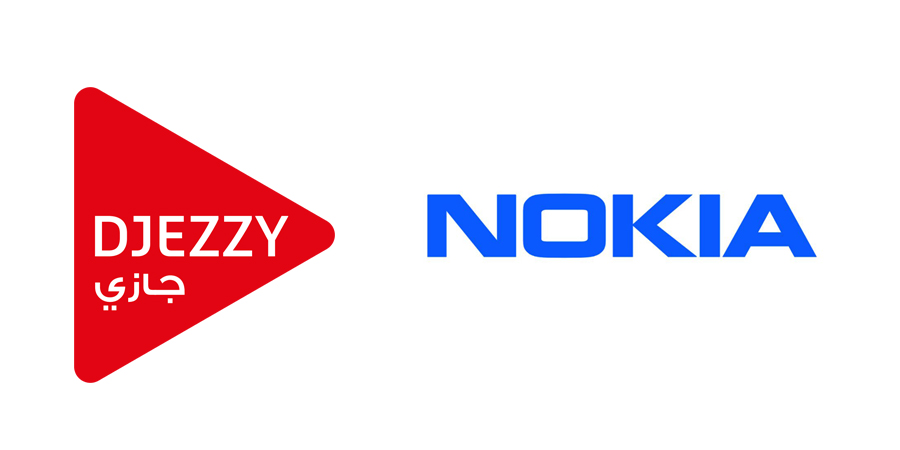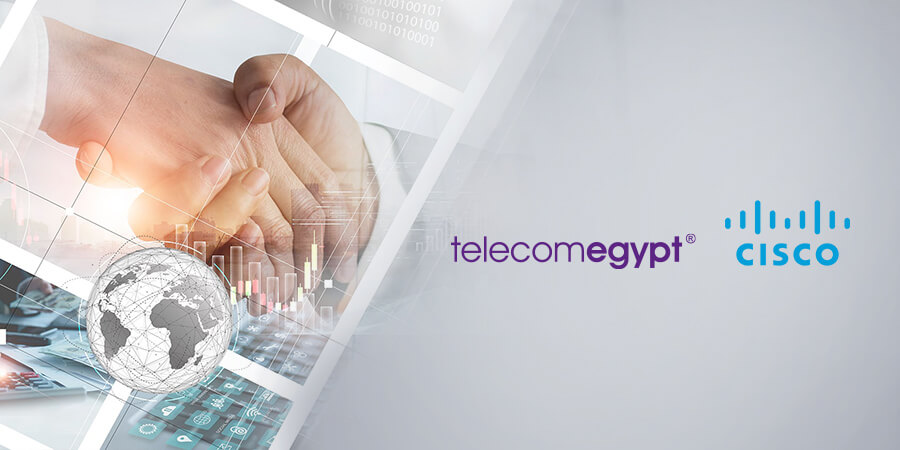Nokia announced that it has successfully completed a trial with Algerian mobile operator Djezzy, using microwave carrier aggregation technology to support increased demand for capacity. The trial utilized Nokia’s Wavence microwave transport solution with an ultra-high capacity of 8.5Gbps over a distance of nearly 6 kilometers. With its reduced latency and high capacity, the solution will allow Djezzy to deliver compelling experiences to its 14.2 million subscribers.
During the trial, which took place in the city of Sétif earlier this year, capacity was increased from 3.5Gbps to 8.5 Gbps and covered a distance of 5.7 kilometers, demonstrating how carrier aggregation technology can be utilized to support ever-increasing demands for data. This will become increasingly important as Djezzy prepares to cope with traffic growth and 4G densification.
The trial also marks yet another milestone for Nokia in reaching such multi-gigabit capacity on a microwave radio link. The Nokia Wavence solution, which was used in the trial, offers innovative, high-capacity ultra-broadband transceivers to support operators as they transition to 5G networks. It also supports backhaul and fronthaul evolution with multi-gigabit capacity and low-latency transport with industry-leading levels of transmitted power.
Eric Bourland, chief digital and technology officer at Djezzy Algeria, said, “This is an important trial that delivers ultra-high capacity granting Djezzy a solid solution for Mobile Backhaul. We believe this fast deployment of microwave carrier aggregation will help us achieve our goal of boosting eMBB. It also allows us to improve our network capacity in order to meet the growing mobile traffic demand in Algeria.”
Giuseppe Targia, VP MN transport business unit, Mobile Networks at Nokia, commented, “This trial demonstrates how carrier aggregation technology can be utilized to support the ever-increasing demands for data, particularly at a time when connectivity is so crucial. We are delighted to continue our strong partnership with Djezzy on this project and will continue to work with it hand-in-hand to deliver innovative microwave solutions that support its business targets.”





